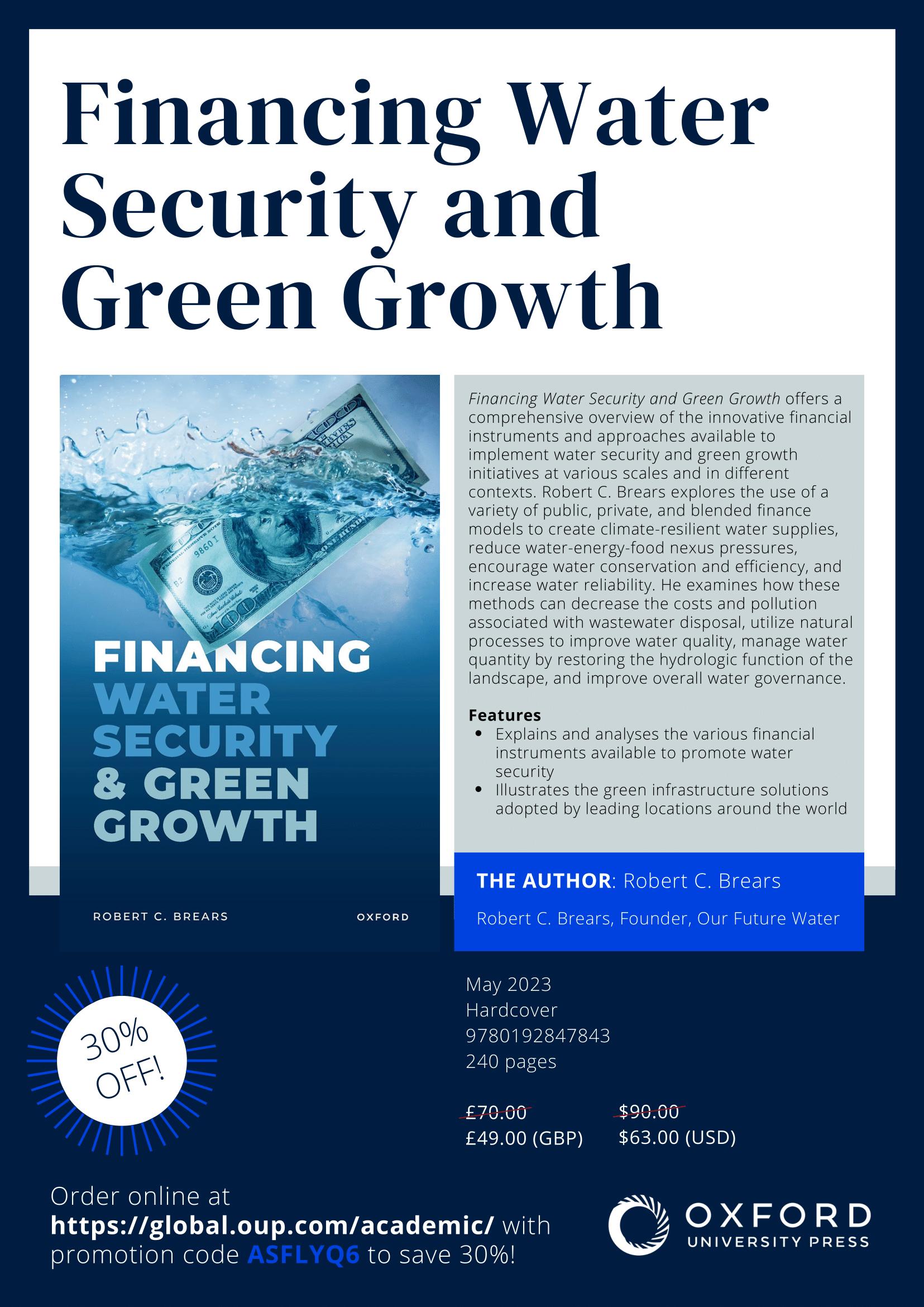






Welcome to the special "Climate Action: Innovative Solutions for a Sustainable Future" edition of Mark and Focus. With climate change effects becoming increasingly apparent, this issue is dedicated to exploring solutions to this global challenge with urgency, hope, and resolve.
We investigate the transformative potential of renewable energy, particularly the advancements in wind power that may lead us towards a carbon-neutral world. We share stories of global cities turning more resilient through green infrastructure, adapting to a changing climate while enhancing urban life quality.
Further, we explore the concept of the circular economy, potentially revolutionizing our relationship with resources by transforming waste into wealth and reducing our collective carbon footprint. Lastly, we focus on the power of individual action, offering practical tips on how we can each contribute to climate change mitigation.
We hope this edition encourages you to be an active participant in the global effort to protect our shared home. The challenge is substantial, but so is our capacity for innovation, adaptation, and change. We appreciate your journey with us.
Robert C. Brears, Editor in Chief
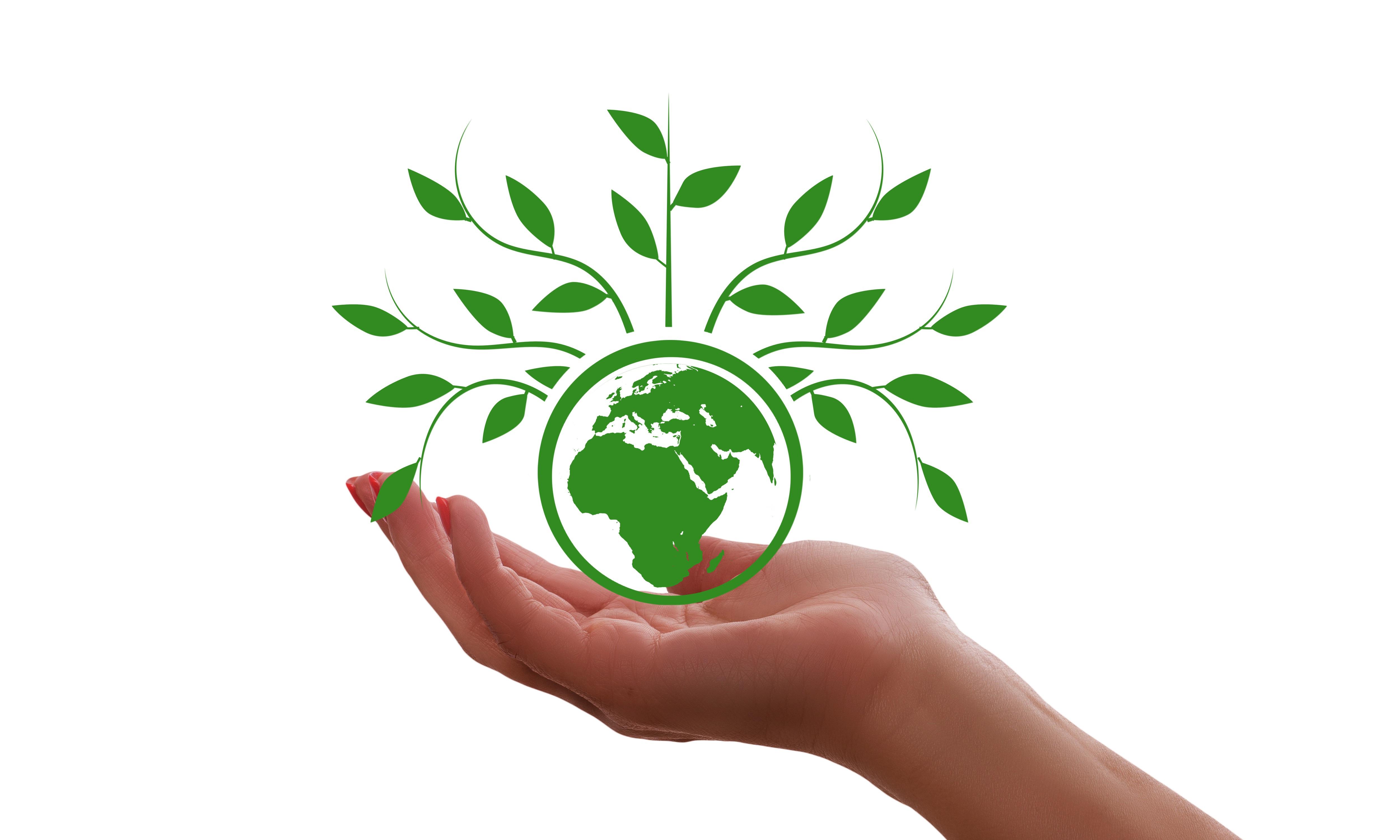


Wind power is a renewable energy source that converts the kinetic energy from the wind into electricity. This energy conversion is achieved through the use of wind turbines, which can be installed on land (onshore) or at sea (offshore). Wind power has seen considerable growth in the past few decades and is viewed as a significant component in the energy transition away from fossil fuels.

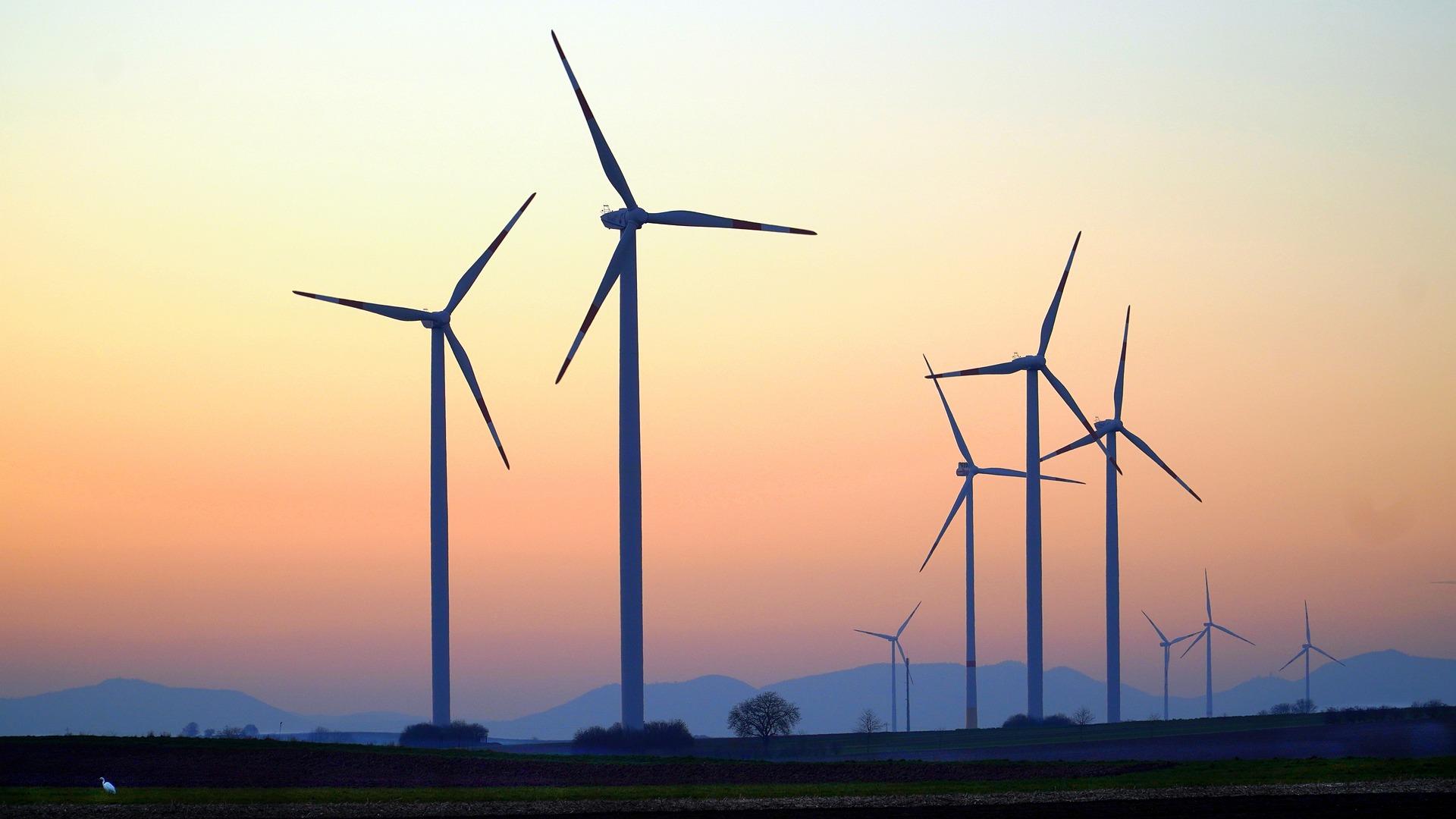

The primary principle behind wind power is Bernoulli's principle, where the pressure difference caused by varying wind speeds results in a force that spins the turbine blades. The rotational movement of these blades drives a generator, thus producing electricity.
Onshore wind farms tend to be more common due to the lower costs associated with their installation and operation. These farms are usually located in rural or remote areas where there is sufficient availability of land and steady wind conditions. Offshore wind farms are typically more expensive to construct and maintain due to the challenges posed by the marine environment. However, they generally provide a higher energy output due to stronger and more consistent wind speeds.
Wind power offers scalability in its application. Depending on the need, wind turbines can be installed individually for localized power generation or in large numbers within wind farms to supply power to wider areas. This scalability, combined with the modular nature of wind turbines,

allows for easier expansion of capacity by adding more turbines to existing farms.
Despite its advantages, wind power does present some challenges. These include the variability of wind, which can result in fl uctuating power outputs, potential negative impacts on local ecosystems, and the visual and noise disturbance created by wind turbines.
However, continuous advancements in technology and regulatory practices are gradually addressing these issues.
Economically, the cost of wind power has decreased significantly over the years, largely due to advancements in technology and economies of scale.

The levelized cost of energy from new wind power installations is competitive with conventional generation technologies.
Future developments in wind power include innovative designs like floating wind turbines and airborne wind energy systems, which are expected to extend the range of feasible locations for wind power generation. Furthermore, wind power is expected to play a significant role in reducing greenhouse gas emissions due to its zero-emission nature. Despite the challenges, the continued growth of wind power suggests that it will remain an essential part of the global energy mix.
Denmark has a significant history in the development of wind energy, especially offshore wind farms. It was in Vindeby, Denmark, in 1991 where the world's first offshore wind farm was installed.
The Horns Rev wind farm, established in 2002, was then the largest offshore wind farm worldwide, consisting of 80 turbines with a total capacity of 160
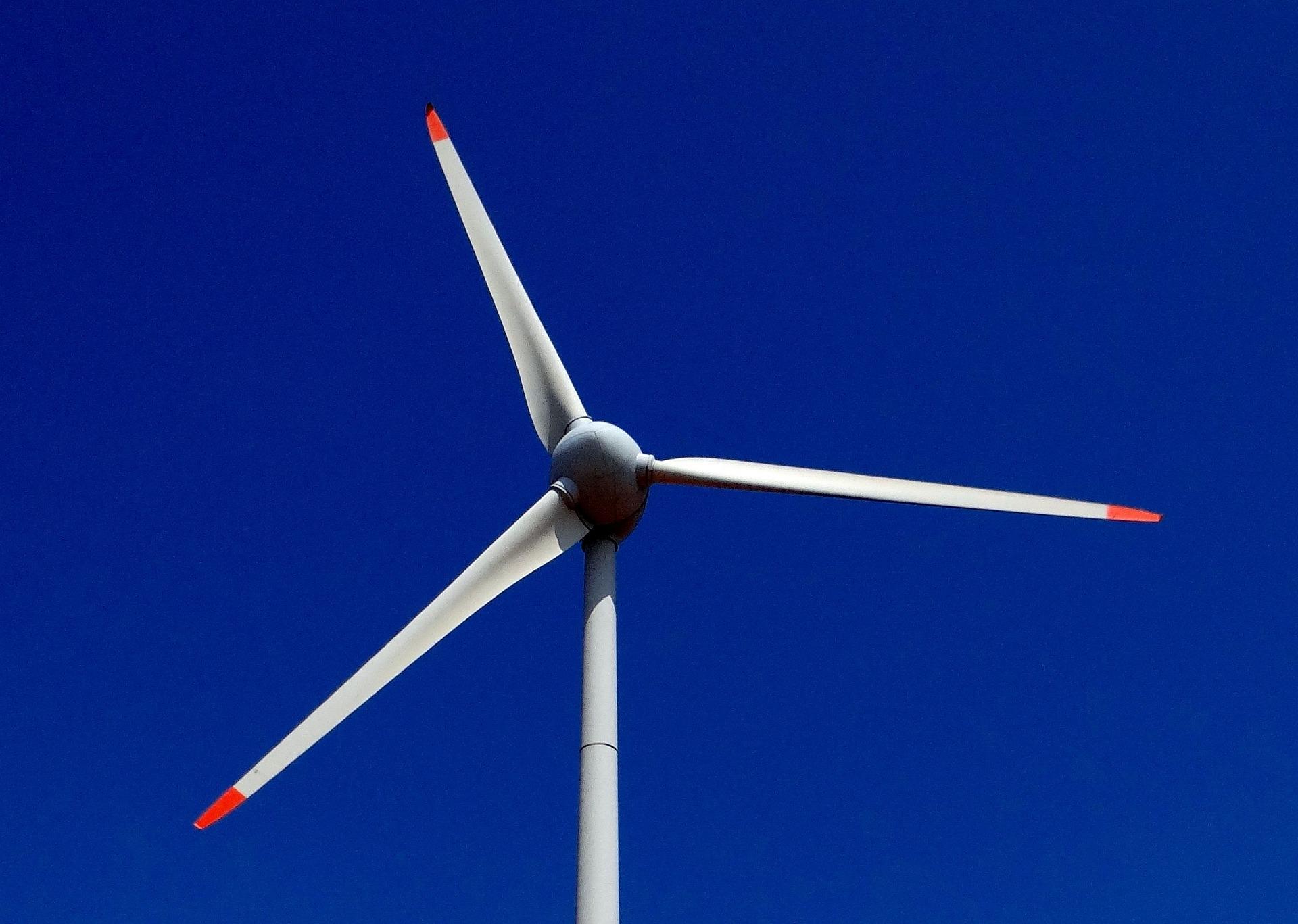
MW. The progression of offshore wind power in Denmark is a result of a collective effort between government bodies, industry, and research institutions. In 2020, the Danish parliament decided to construct two "energy islands" by 2030, designed to increase the country's wind energy capacity.
Ørsted, a Danish energy company, has made considerable contributions to the sector. The company manages several offshore wind farms across Denmark. As of 2020, wind energy, significantly powered by offshore wind farms, made up about 50% of Denmark's electricity consumption.

Green infrastructure represents a signi fi cant approach to urban design and city planning that addresses the adverse impacts of climate change. Incorporating natural elements into urban environments, this strategy aims to mitigate risks, increase resilience, and provide co-benefits for urban dwellers. Examples of green infrastructure projects include green roofs, permeable pavements, and urban forests.
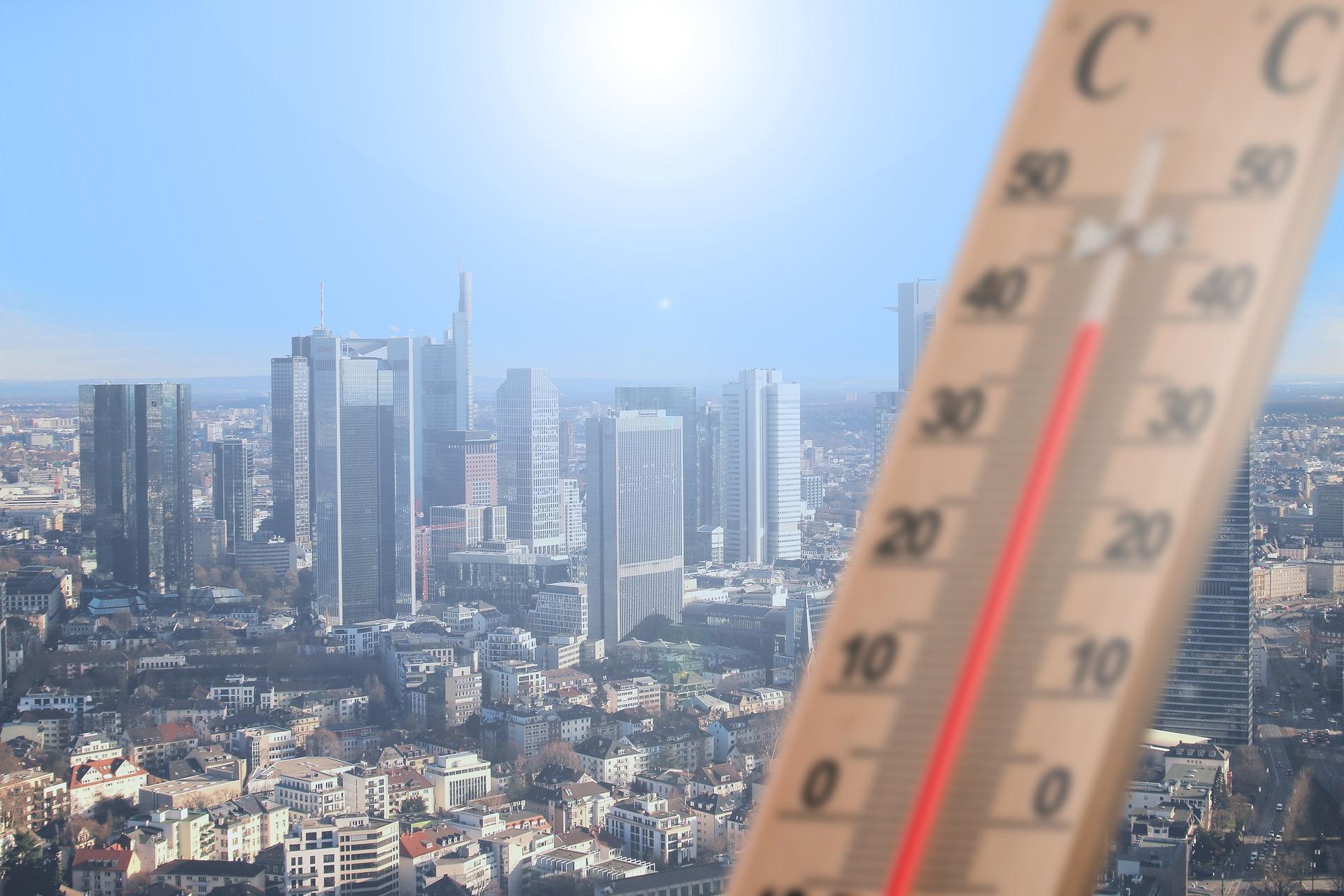


Green roofs are one of the most visible elements of green infrastructure. These structures are rooftops covered with vegetation, providing numerous bene fi ts, including energy ef fi ciency improvements, stormwater runoff reduction, and the mitigation of the urban heat island effect. A prominent example is the city of Toronto in Canada, where a bylaw requires the installation of green roofs on new commercial, institutional, and residential developments. By doing so, Toronto has managed to increase its green spaces, improve air quality, and lower urban temperatures.
Permeable pavements are another innovative solution that cities are adopting to combat the effects of climate change. These are designed to allow water to infiltrate through the surface and into the underlying layers of soil and gravel. This design can signi fi cantly reduce the amount of stormwater runoff that contributes to fl ooding. In Portland, Oregon, permeable pavements have been widely used to manage stormwater effectively, helping to protect the city's water resources and reduce flood risks.
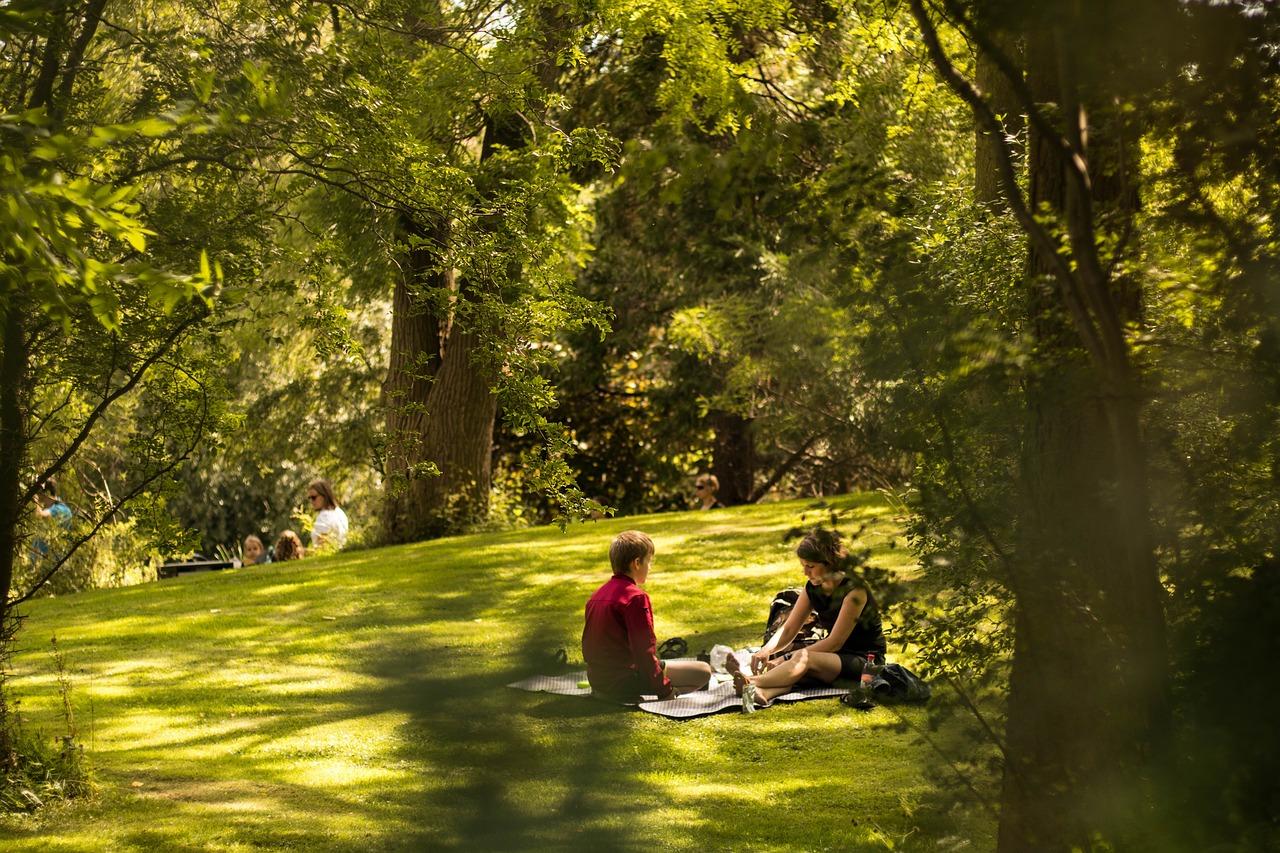
Urban forests are an additional aspect of green infrastructure, playing a crucial role in absorbing carbon dioxide, reducing heat in city centers, and supporting biodiversity. Melbourne, Australia, is one city that has committed to increasing its urban canopy cover to 40% by 2040 to mitigate heatwaves, which are expected to become more frequent and severe due to climate change.
While green infrastructure provides a range of environmental benefits, it also supports social well-being and economic growth. Urban green spaces can improve mental health, encourage physical activity, and create opportunities for social interaction.

Economically, green infrastructure can boost property values, reduce energy costs, and create job opportunities in sectors such as landscaping, gardening, and urban planning.
The implementation of green infrastructure, however, is not without challenges. High upfront costs, ongoing maintenance needs, and lack of knowledge or technical expertise can hinder the broad adoption of these strategies. Collaborative efforts among city planners, policymakers, architects, developers, and community members are thus vital for the successful integration of green infrastructure into urban environments.
Several cities worldwide have demonstrated leadership and innovation in incorporating green infrastructure into their urban planning. Singapore, for instance, has set a global standard with its "City in a Garden" vision, prioritizing green space in its urban development plans. Meanwhile, cities like New York have made substantial investments in green infrastructure to manage stormwater and reduce sewer overflows.

Philadelphia, USA, launched the "Green City, Clean Waters" initiative in 2011, a 25-year strategy that utilizes green infrastructure to reduce stormwater pollution by approximately 85%. The plan incorporates green roofs, rain gardens, tree trenches, and permeable pavements. A highlight is the "green
streets" concept, exemplified by the 13th Street project, which employs tree trenches and permeable pavement to manage runoff. Despite facing challenges like high initial costs and regulatory complexities, the initiative has improved air and water quality, enhanced biodiversity, and created jobs. This approach underscores the potential of green infrastructure in urban development and climate adaptation.


The circular economy model is an innovative approach to sustainability that's gaining traction worldwide, promising to convert waste into wealth and thereby revolutionizing the traditional linear economic system. The existing model, known as the 'take-make-dispose' model, is increasingly being seen as untenable due to growing concerns about resource depletion and waste management.



In contrast, the circular economy champions a 'reduce, reuse, recycle' approach, extending the lifecycle of materials and maximizing their value.
In essence, the circular economy entails keeping materials in use for as long as possible. Once these resources reach the end of their lifecycle, they are regenerated into new products or services. This shift in perspective offers considerable economic potential while addressing environmental concerns.
From a business standpoint, adopting a circular economy model can yield substantial benefits. Businesses can turn waste products into new, viable materials, which can then be sold or used, reducing the need for fresh raw materials. In the process, they can minimize waste disposal costs and open up new markets for recycled materials. This model can also enhance the image of corporations, showcasing their commitment to sustainability - an aspect increasingly important to modern consumers. Moreover, the shift towards a circular economy could stimulate job creation

across diverse sectors. Roles in recycling, repair, and remanufacturing, and other supporting roles such as design, logistics, and materials science, could proliferate. Projections by the World Economic Forum suggest that the circular economy could result in the creation of 700,000 new jobs by 2030 in the European Union alone.
The transition towards a circular economy, while promising, comes with its set of challenges. It necessitates a fundamental change in consumption and production habits, requiring advancements in technology, regulatory changes, and an emphasis on sustainability from consumers.
Developing strategies to address these issues will be crucial, as will investment in research and development.

On the environmental front, the benefits of a circular economy are clear. By encouraging more sustainable resource use, it decreases the dependence on raw material extraction, thereby reducing waste and emissions. This model proactively addresses climate change by fostering a responsible approach to the planet's fi nite resources.
Recognition of the circular economy's potential is also evident at a governmental level. Policies promoting circular practices, such as extended producer responsibility regulations and incentives for designing for recyclability, are being implemented in many countries.
Therefore, the promise of the circular economy extends far beyond simply turning waste into wealth. This innovative model could redefine our economic system, potentially driving sustainable economic growth while simultaneously addressing pressing environmental concerns. The transition, however, will necessitate effort and cooperation from all stakeholders, including businesses, governments, and

individuals. The continued evolution of the circular economy will be pivotal in shaping a sustainable and prosperous future.
Nike, the global sportswear giant, pledged towards 100% renewable energy and zero waste with its 2019
"Move to Zero" campaign. Their 'Nike Grind' program, a vital part of this initiative, recycled millions of used athletic shoes into new products. This move signi fi cantly reduced waste, highlighted the viability of circularity, and enhanced Nike's market share and reputation.


The role of individuals in combating climate change is significant and cannot be understated. While the focus is often placed on governments and corporations, individual actions also have the potential to create substantial change. By making a series of small, informed decisions in daily life, every person can contribute to the reduction of greenhouse gas emissions, thus having a significant impact on the planet.



Transportation is one of the main contributors to global carbon emissions. Here, individuals can make substantial differences. Using public transportation, biking, walking, or carpooling instead of driving can signi carbon footprint. In cases where personal vehicles are necessary, opting for hybrid or electric cars over traditional gasoline-powered cars can also lead to signi fi cant emissions reductions. Additionally, when planning vacations or work trips, considering trains and buses for shorter distances can help minimize the carbon footprint associated with air travel.
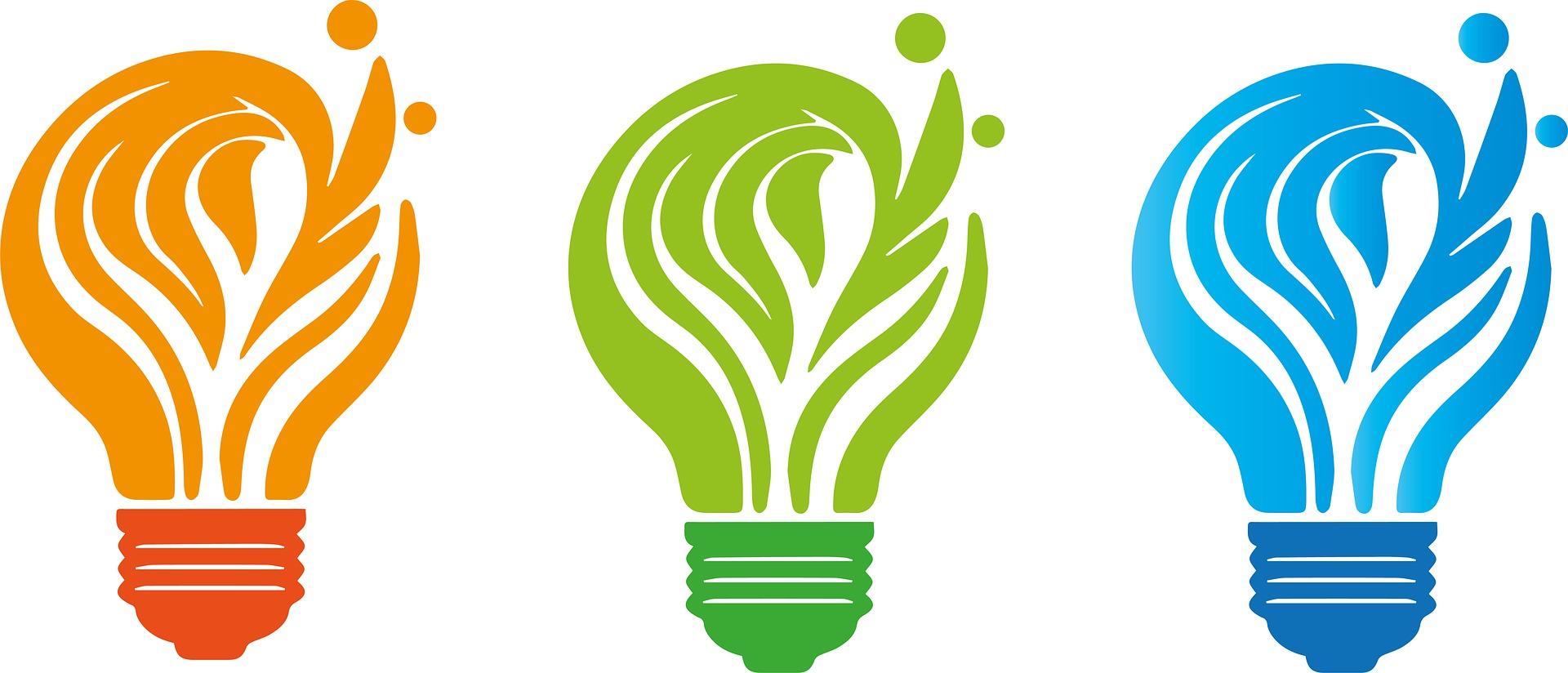
Another area where individuals can make a difference is energy consumption in homes. Energy-efficient appliances, LED lighting, and programmable their amount of energy a household consumes. In addition to these changes, practicing simple habits, such as turning off lights when leaving a room, unplugging devices when they're not in use, and lowering the thermostat by a few degrees during the winter, can also contribute to energy conservation. If circumstances allow, installing solar panels or choosing green energy plans
from utilities can shift home energy use towards renewable sources, which further reduces individual carbon footprints.
Water usage is another crucial area. By installing low-flow showerheads and faucets, using water-efficient appliances, fixing leaks promptly, and practicing water conservation habits, such as shorter showers and turning off the tap
while brushing teeth, individuals can signi fi cantly reduce their water consumption. This not only conserves a valuable resource but also reduces the energy used for water treatment and heating.

Moreover, consumer habits play an essential role in individual carbon footprints. By choosing to buy less, opting for used or recycled goods, and selecting products with less packaging, individuals can significantly reduce the demand for the production of new materials, which often involves significant carbon emissions.
Waste management is a further area where individual decisions can make a difference. Composting food scraps and yard waste can reduce the amount of waste going into landfills, where it would otherwise generate methane, a potent greenhouse gas. Additionally, diligent recycling can ensure materials are reused rather than discarded, saving energy and reducing emissions from raw material extraction and processing.
Digital carbon footprint is a newly emerging concern as our lives become more intertwined with the digital world. Limiting unnecessary emails, reducing streaming quality, and powering down devices when not in use can help mitigate the emissions associated with data storage and transmission.

Lastly, participating in political and social processes can amplify individual impact. By voting for leaders who prioritize climate change mitigation and supporting businesses that practice sustainability, individuals can encourage broader systemic change.
While it is crucial to recognize that systemic changes are needed to address climate change effectively,
individual actions and choices play a substantial role. Small changes, when multiplied across the global population, can result in signi fi cant emission reductions and help build momentum towards a sustainable future. It's the cumulative impact of these everyday decisions that underlines the crucial role of individuals in the global response to climate change.
